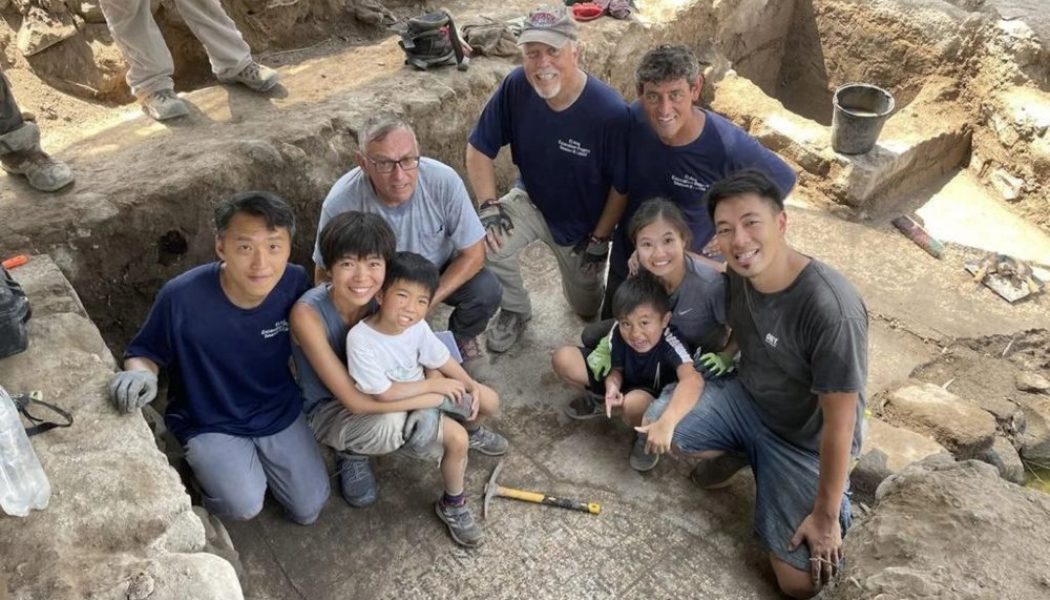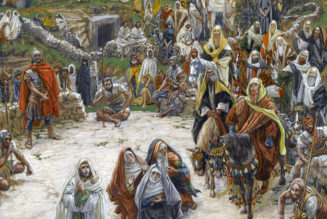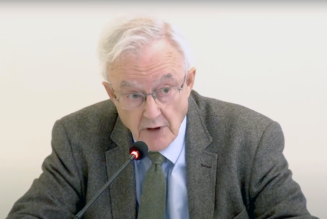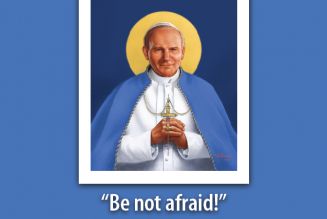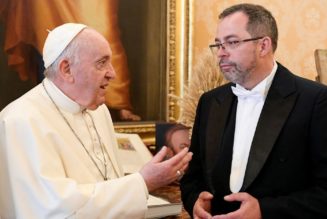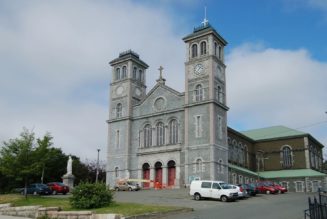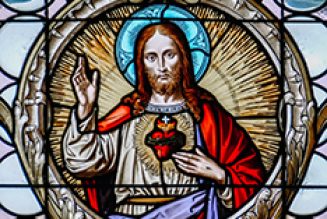:focal(512x385:513x386)/https://tf-cmsv2-smithsonianmag-media.s3.amazonaws.com/filer_public/1d/e7/1de7409d-563b-48c9-b542-a678611d1b85/48092539-1024x768.jpeg)
Archaeologists and religious scholars have long searched for the birthplace of Saint Peter, one of Jesus Christ’s 12 apostles and the first pope of the Roman Catholic Church.
Now, archaeologists in Israel say they have uncovered a new artifact that proves the location of the ancient village of Bethsaida, where the important religious leader was born, along with his brother, Saint Andrew, and another apostle, Saint Philip.
While excavating what they believe to be the lost “Church of the Apostles” basilica at the El-Araj dig site on the northern shore of the Sea of Galilee, researchers discovered a large inscription, written in Greek, that references the “chief and commander of the heavenly apostles,” a phrase often used to refer to Saint Peter.
/https://tf-cmsv2-smithsonianmag-media.s3.amazonaws.com/filer_public/74/81/7481d2bd-439a-43d4-b8ff-a33871c6ee85/e3de6808b4e523c62b02e7bea9f5.jpeg)
The find suggests that Peter had a “special association” with the Byzantine-period basilica, which archaeologists believe was built over Peter and Andrew’s house, says Steven Notley, an archaeologist and biblical scholar at Nyack College who is leading the dig, in a statement.
The inscription is inside a round medallion framed by two black lines of tesserae. It’s part of a larger, floral mosaic pattern on the floor of the church’s sacristy, an area or room where priests prepare for service. Today, the excavation site is located inside the Betiha Nature Preserve, which is managed by the Israel National Parks Authority.
When the next excavation season begins in October, archaeologists also hope to find an inscription dedicated to Andrew, since the church would likely have been dedicated to both men, reports Haaretz’s Ruth Schuster.
Per the Gospel of John, Saint Peter, Saint Andrew and Saint Philip were all born in a fishing village called Bethsaida. Christians believe this location is also the site of some of Jesus’ miracles, including healing a blind man and feeding thousands of people with five loaves of bread and two fish.
Present-day archaeologists aren’t exactly sure where Bethsaida was located, though they’ve narrowed it down to several places: the Et-Tell archaeological site, the village of Messadiye and the El-Araj archaeological site.
/https://tf-cmsv2-smithsonianmag-media.s3.amazonaws.com/filer_public/88/27/88278fd9-ff2b-4dfe-abe2-52ce66124ab2/9ffbbfcbc9c961d657ad0e50688b.jpeg)
The church may not have been built at the exact location of Peter and Andrew’s home, because flooding and the passage of time may have muddied the local memory of where they lived, writes Haaretz.
Still, the newly discovered inscription adds to the body of evidence that suggests the El-Araj site was once Bethsaida. Researchers have been digging at the site since 2016.
“The case for el-Araj isn’t just convincing; it’s overwhelming and becoming more compelling with each excavation season,” Robert Cargill, an archaeologist at the University of Iowa, told Live Science’s Owen Jarus last year.
Recommended Videos
Join Our Telegram Group : Salvation & Prosperity
